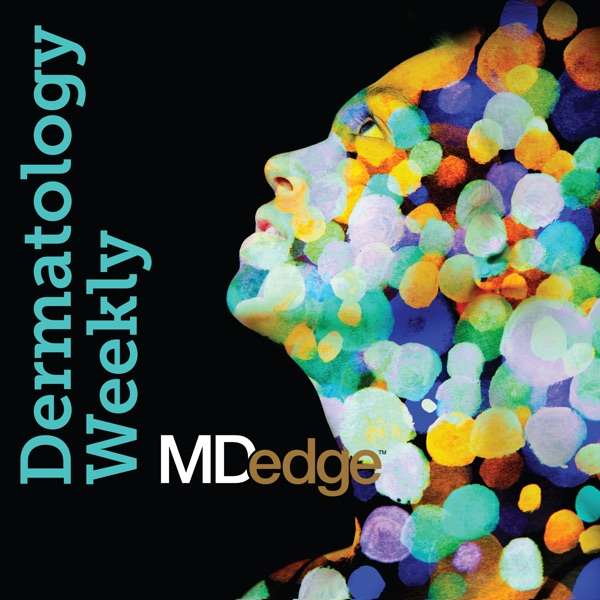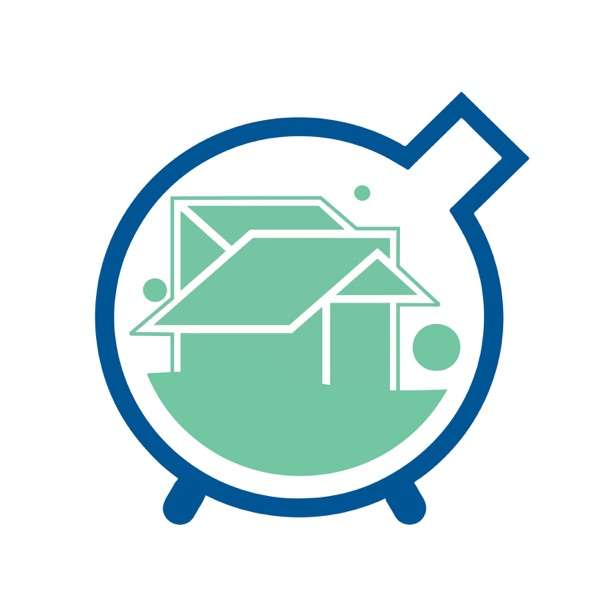I’m reflecting on 2018. For me, this has been the Year of the CVI Advocate. My life has been transformed by my interactions with fellow CVI parent advocates – online, at conferences and through this podcast.
From Start Seeing CVI Advocacy on Facebook to Boston for the CVI Symposium to Omaha for the American Conference on Pediatric Visual Impairment back to Boston for CVI Family Vacation – and even from my closet here in Raleigh – I’ve interacted with some pretty amazing humans who have made this journey start to feel meaningful.
I also had a unique opportunity to take a leave of absence from work this summer to concentrate on my daughter Grace, which may be something I’ll share more about later…
To sum it up, it’s been a stellar – and at times upsetting – year.
We parent advocates have found some strength and cohesion. This is good.
So, what next?
Well, let me share what I’ve learned this year.
Bottom line: this is a sprawling issue.
We all know there is a lack of general awareness and that CVI is complex – our kids have a wide spectrum of issues (related to and not related their visual abilities).
This makes parent advocacy more important than ever. And I’ve heard from vision professionals that they are pleased to see us strengthen our ranks, but….
We are too much.
Too angry.
Too combative.
Too passionate.
They say our advocacy is misguided and there’s potential that we’ll drive away experienced professionals.
Sigh.
Yet, if you ask, most people think we should be treated as equal partners on our child’s team. Sounds contradictory to me, but I think I can rationalize it. Professionals often feel at a loss when it comes to helping our children. They want to help, but no one was taught how to identify CVI and intervene. I would feel defensive – and do sometimes as a parent – if I was supposed to have the answers and didn’t.
Doctors and educators need continuing education and mentorship from those in the know. CVI courses are not a dedicated part of their preparation programs, one of the primary problems in my humble opinion.
Our medical system is letting down families. Medical experts recognize this. It can be hard to get a diagnosis. And if you do, it can take up to a year to get a follow-up appointment with a specialist. On top that, there is not a standardized set of tools for diagnosis and evaluation. The ICD-10 codes are misrepresentative – you know this if your child was diagnosed with the outdated term “cortical blindness.” Just another hurdle to getting a proper diagnosis.
Truly problematic: We aren’t screening infants who are likely to have CVI. You know, preemies, kids with a history of a neurological event, etc. Scary but true, kids are being misdiagnosed with Autism Spectrum Disorder. We are missing kids.
Then we look at the world of education. University programs are failing to adequately prepare vision educators to meet the specialized needs of students with CVI. Only one program, U Mass Boston, requires students to take a course on CVI. But how much of these programs is dedicated to preparing educators to teach braille? What vision educators are learning does not match the population of children they do or will serve. On top of that, we have a TVI shortage and, in some states, loosy goosy standards for what makes a TVI in the first place.
What’s largely in the way of solving these problems? Well, we are quite preoccupied with questioning assessment tools like the CVI Range, leaving us little time to make progress on other topics. While some are questioning it, many parents know the value of the CVI Range – how it helps us characterize our children’s needs and intervene appropriately. By the way, there is a replication study on the reliability and validity of the CVI Range in the works.
If we use the CVI Range with our kids, does that mean that other assessment

 Our TOPPODCAST Picks
Our TOPPODCAST Picks  Stay Connected
Stay Connected







 In this episode:
In this episode:
















